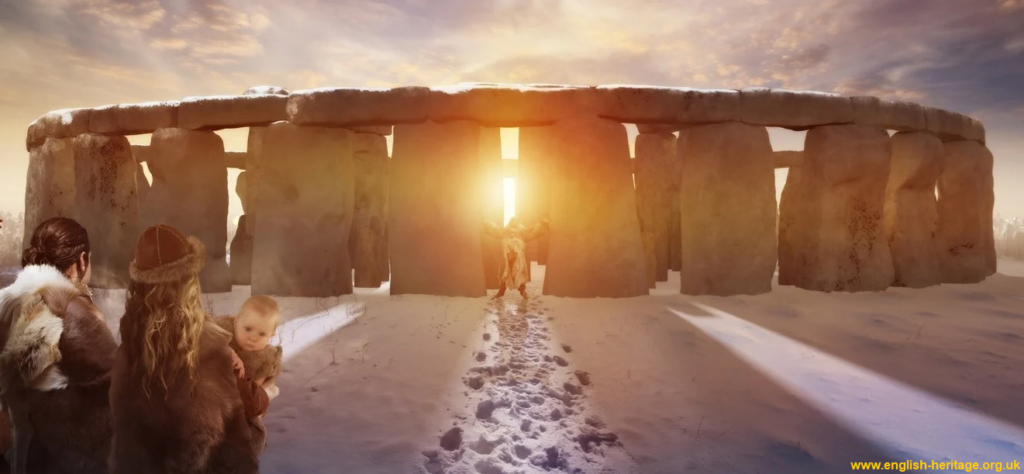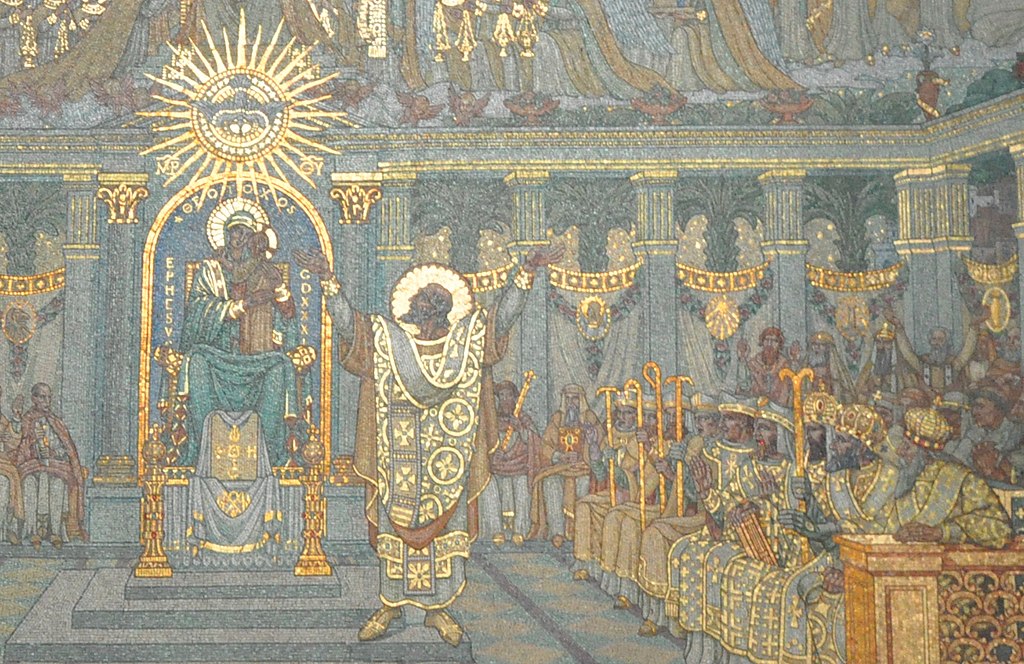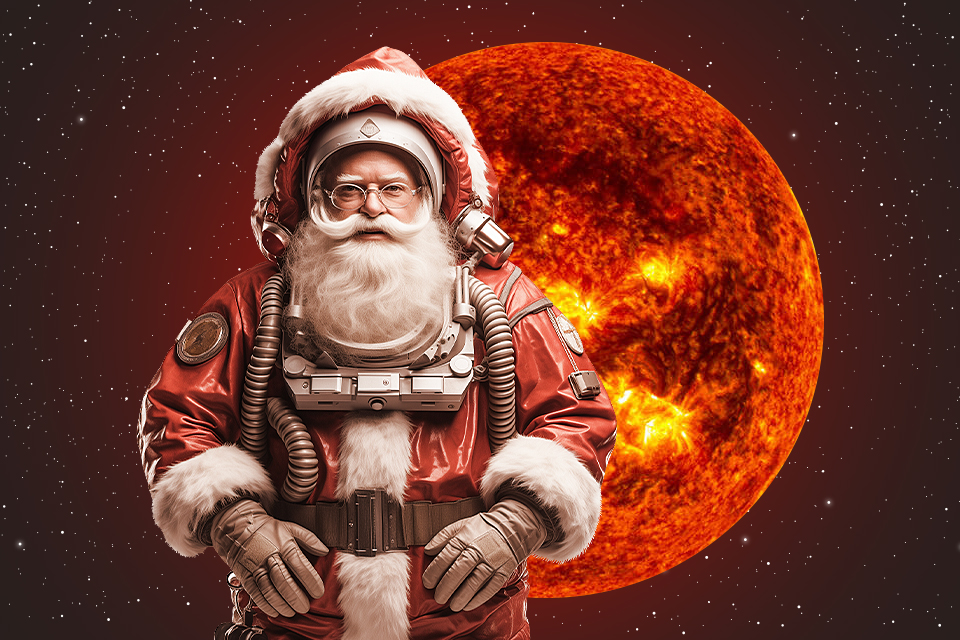Christmas is one of the main holidays for Christians. The vast majority of representatives of this religion celebrate it on December 25. Those who are interested in astronomy will immediately notice that the date of Christmas is suspiciously close to the winter solstice, and they will be right. The original meaning of this holiday was the completion of the annual cycle, the beginning of the return from darkness to light (hence one of the ancient Slavic names for the solstice is “sontsevorot” which can be translated as “returning of the Sun”). However, the calendar dates of these events differ by three days. Where could this difference come from?
Observational inaccuracies
As Christianity spread throughout the world, it adapted to the customs and rituals of other nations. One of the first such rites was the celebration of the solstice. It was present in virtually all pre-Christian European cultures and beliefs: for example, the Scandinavians celebrated Yule, and the ancient Romans celebrated the Invincible Sun on December 25.

Why on December 25, and not on December 21 or 22, when it is actually the shortest daylight hours? Because our ancient ancestors determined the moment of the solstice when the points of sunrise and sunset, after having moved the farthest to the south, began to move in the opposite direction. For some time before and after the solstice, this shift was very insignificant, becoming noticeable at least 2-3 days after December 22. It was only with the advent of telescopes that astronomers learned to measure the declination of the center of the solar disk with greater accuracy. But this was already in modern times — in the XVII-XVIII centuries. And in the Roman era, scientists still used horizon observatories like the famous Stonehenge for this purpose. By the way, the same “delay” occurred with another, less important Christian holiday, the Nativity of John the Baptist. It is celebrated on June 25 and “accompanies” the summer solstice, which falls on the 21st or 22nd of the same month.
Calendar discrepancies
According to another version, the ancient Romans knew the exact day of the winter solstice and scheduled their holiday of the Invincible Sunfor that day. In the year 431, at the Third Ecumenical Council in Ephesus, this day was approved as the official date of Christmas. The problem was that the Julian calendar, introduced in the Roman Empire on January 1, 45 BC, although the most accurate at the time, still had an error at fairly long intervals — one day in 128 years. So, by the time of the Council of Ephesus, it had managed to “lag” behind the astronomical solstice by three days, and by then it actually fell not on December 25, but on December 22.

Later, it was decided not to change the dates of church holidays set by the Third Ecumenical Council, but the calendar had to be adapted to the new astronomical realities. This was done by Pope Gregory VIII in 1582, when we finally received the Gregorian calendar, which we now use as a civil calendar.
A real event
Finally, we cannot exclude the possibility that some remarkable celestial event took place on December 25, interpreted by contemporaries as a “harbinger” of the birth of a prominent person. Moreover, it could have happened not only in advance, but also post factum: according to the Bible, the three kings followed the “Star of Bethlehem” that led them to the baby Jesus — but nowhere does it say how long they were on the road, and it is not at all clear if the star shone at the exact moment of the birth of the One to whom they were to pay homage.
There are many versions of what might have actually happened in the sky. But it must have been a somewhat unusual, rare phenomenon, one that does not happen every year. For example, a close conjunction of bright planets, the appearance of a large comet, a nova or supernova explosion — anything that can attract the attention of a large number of people. Thus, the explosion of a massive luminary in the constellation Taurus, whose radiation reached the Earth on July 4, 1054 (as a result of this explosion, the Crab Nebula was formed), “resonated” almost eight centuries later — with the Independence Day of the United States.

In the case of the Nativity of Christ, no such unambiguous “astronomical reference” has yet been found, so this version is considered rather unlikely. However, it should not be completely rejected, of course. Finally, we cannot rule out the possibility that about two thousand years ago (or maybe even less) an extraordinary person was indeed born on December 25, who did much to establish and spread Christianity — and then some elements of his biography “migrated” to the life of Jesus Christ. However, this is a completely different story…
Earlier, we wrote about the actual calendar by which we now celebrate Christmas.

